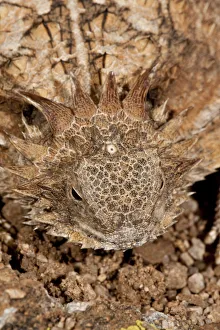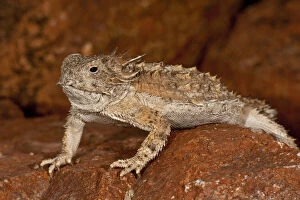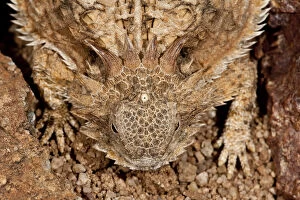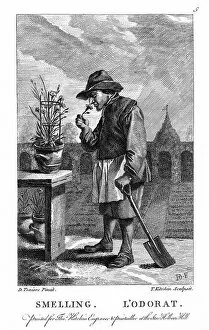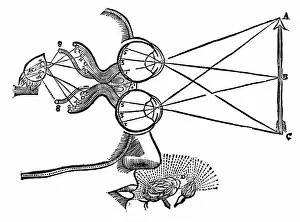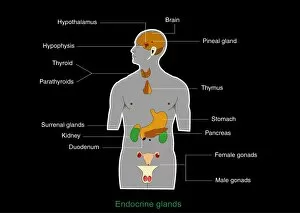Pineal Collection
The pineal gland, also known as the "third eye, " has long been a subject of fascination and mystery
All Professionally Made to Order for Quick Shipping
The pineal gland, also known as the "third eye, " has long been a subject of fascination and mystery. Its significance in human anatomy and physiology can be traced back to ancient times. The DDE-90036871, DDE-90036870, DDE-90036869, and DDE-90036868 codes serve as reminders of its importance. One notable representation of the pineal gland can be found in the frontispiece of Descartes' Treatise on Man and on the Formation of the Foetus. This illustration depicts the intricate workings of the ducts connected to this enigmatic gland within our nervous system. Further illustrations shed light on how this tiny organ affects our overall well-being. They showcase its impact on various parts of our brain such as pons, medulla oblongata, and more. These sections through the brain provide valuable insights into how it interacts with other vital components. Interestingly, another depiction shows a gardener smelling a carnation or pink flower (Dianthus). This engraving symbolizes an olfactory stimulus that triggers reactions within our pineal gland - highlighting its role in sensory perception beyond just vision. Descartes' idea regarding vision is also represented through an illustration showing the passage of nervous impulses from the eye to this mysterious gland. It emphasizes his belief in coordination between senses for proper functioning. Intriguingly complex yet captivatingly essential – these glimpses into "pineal" offer us a glimpse into one aspect that makes us uniquely human: our ability to perceive and interpret stimuli through this remarkable organ at the center of it all.

